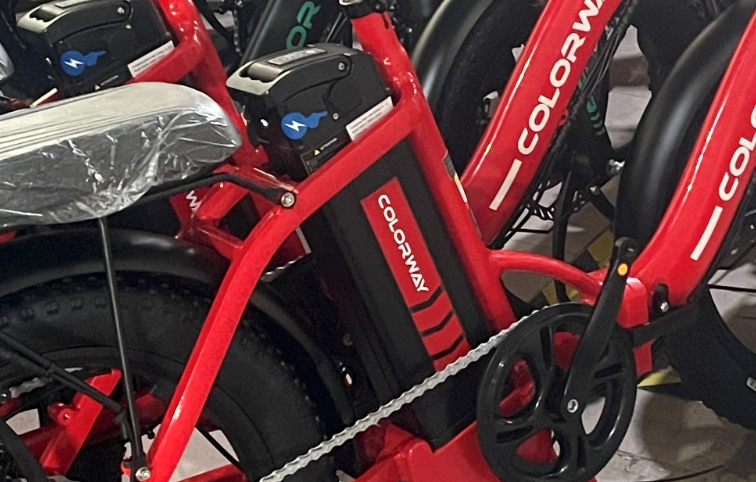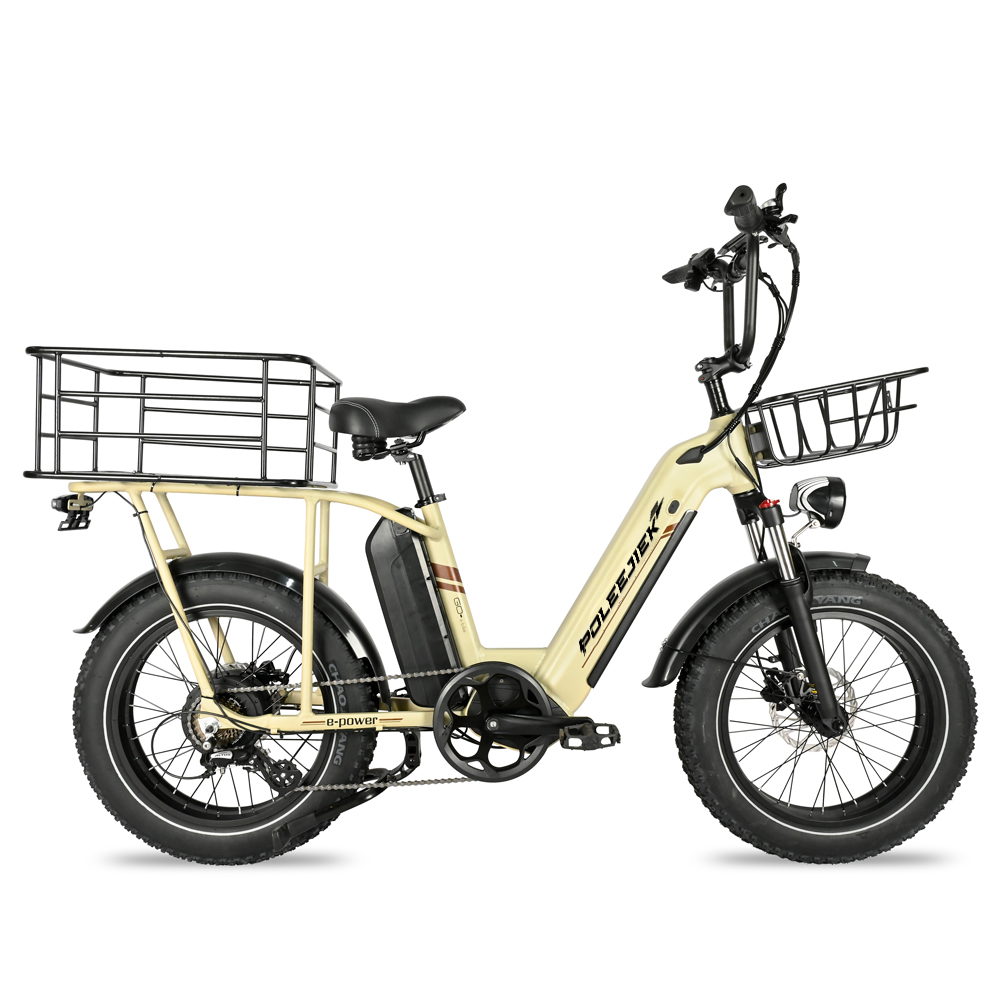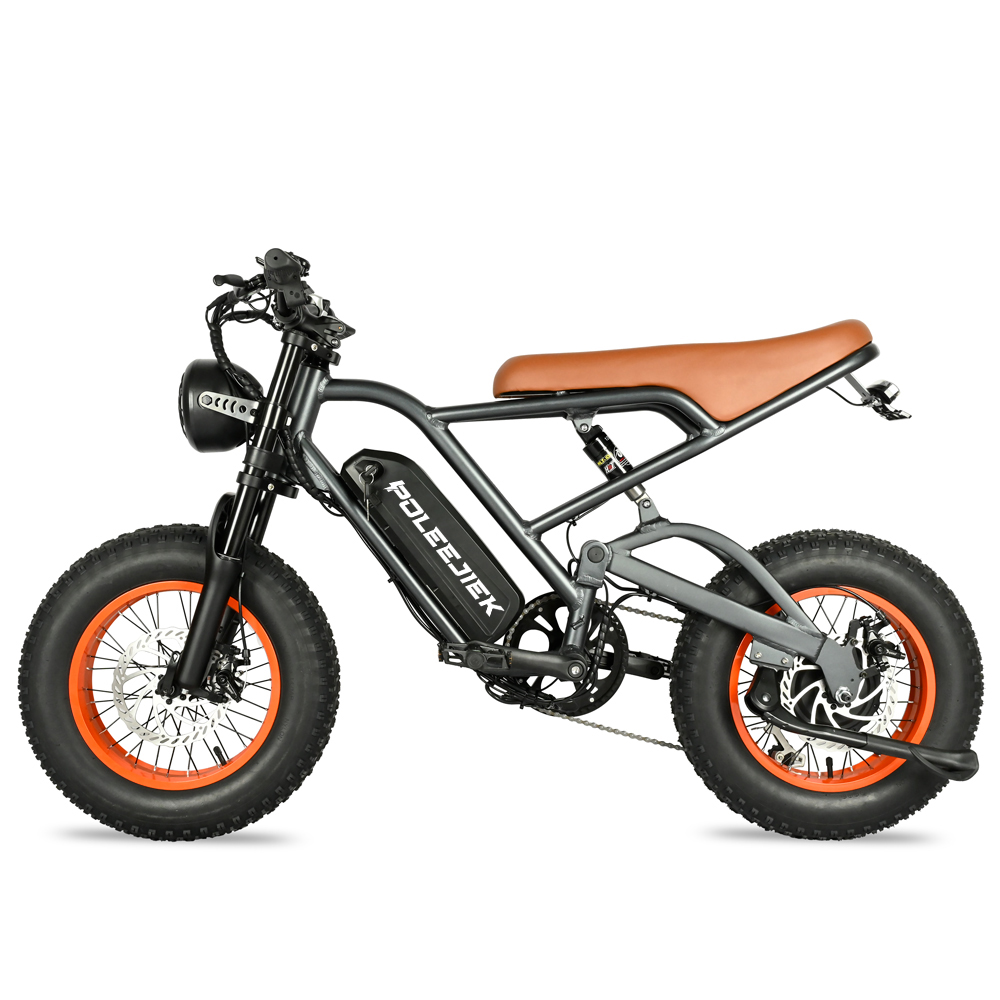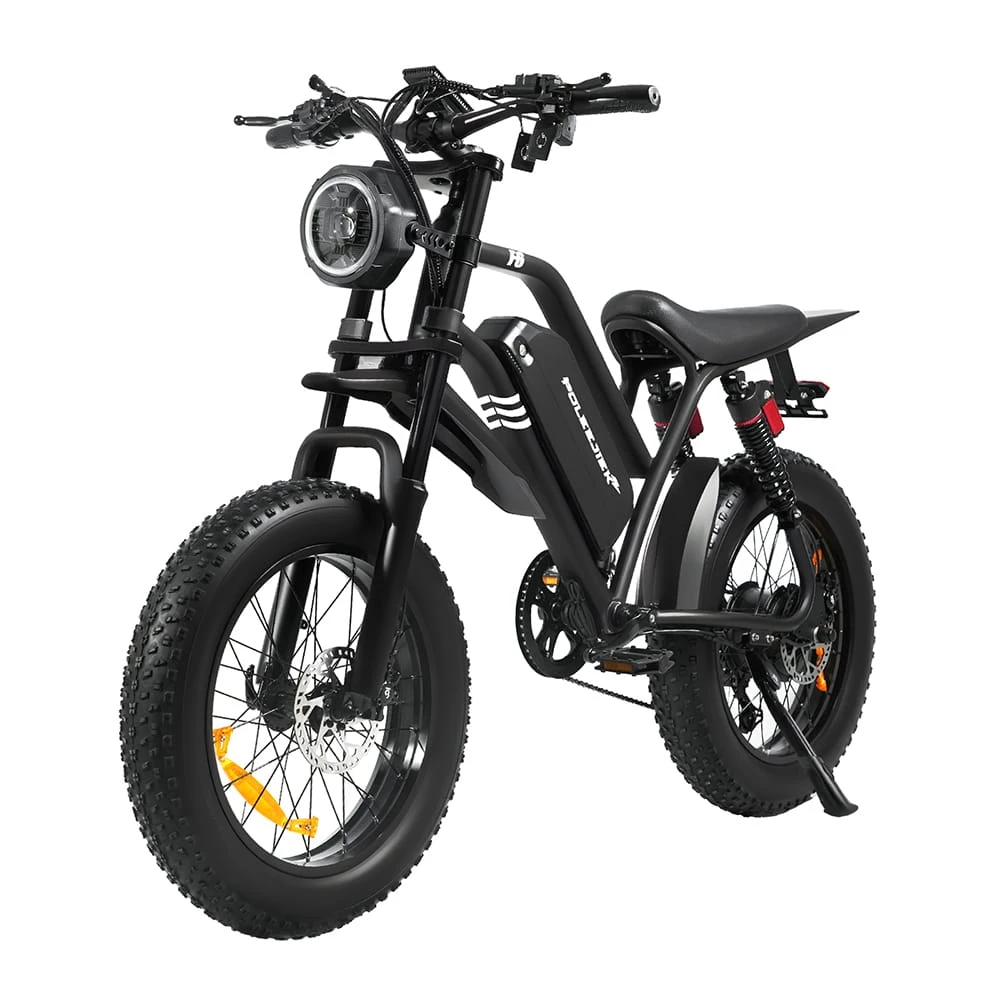The Ultimate E-Bike Battery Guide 2025: Chemistry & Care
The battery is the "heart" of any electric bicycle. It is not only the most expensive component (often 30-40% of the bike's cost) but also the primary safety factor. Understanding battery chemistry—specifically the difference between Li-ion (NMC) and LiFePo4 (LFP)—is crucial for choosing a bike that balances range, weight, and longevity.
1. Comparative Analysis: Battery Chemistries
Not all lithium batteries are created equal. Here is the technical breakdown of the three most common types found in the market.
| Type | Energy Density (Range) | Lifespan (Cycles) | Safety Profile | Best Use Case |
|---|---|---|---|---|
|
Li-ion (NMC/NCA) Standard Lithium-Ion |
High (Lightweight) | 500 - 800 cycles | Moderate (Needs BMS) | Commuters, City Bikes (POLEEJIEK Standard) |
|
LiFePo4 (LFP) Lithium Iron Phosphate |
Low (Heavier) | 2000+ cycles | High (Stable) | Heavy Cargo Bikes, Delivery Fleets |
|
Li-Po Lithium Polymer |
Very High (Powerful) | 300 - 500 cycles | Low (Prone to Puncture) | DIY Racing, Drones (Not for Commercial E-Bikes) |
Type A: Li-ion (NMC - Nickel Manganese Cobalt)
This is the industry standard for 90% of e-bikes, including POLEEJIEK’s lineup. By using cylindrical cells (like the famous 18650 or 21700 from Samsung/LG), these batteries offer the highest energy density. This means you get the maximum range for the minimum weight.
Type B: LiFePo4 (Lithium Iron Phosphate)
Often called the "safest" battery. Its chemistry is chemically stable and virtually impossible to ignite.
Pros: Extremely long life (can last 5-7 years).
Cons: Heavy and bulky. A LiFePo4 battery is typically 30% heavier than a Li-ion battery of the same capacity.
Cold Weather Warning: While they discharge fine in cold, never charge LiFePo4 below freezing (0°C) as it permanently damages the cells.
Type C: Li-Po (Lithium Polymer)
Correction to common myths: Li-Po batteries CAN run e-bikes and offer massive power output. However, they use a "soft pouch" casing that is easily punctured by road debris or vibrations. Due to this physical fragility and higher fire risk, reputable commercial e-bike manufacturers avoid them.
 Inside a POLEEJIEK Pack: High-quality 18650 cells managed by a smart BMS.
Inside a POLEEJIEK Pack: High-quality 18650 cells managed by a smart BMS.
2. Expert Tips for Extending Battery Life
Batteries degrade over time, but your habits determine whether they last 2 years or 5 years.
Rule #1: The "20-80%" Rule
Lithium batteries feel "stressed" at 0% and 100%.
Best Practice: Try to keep your battery between 20% and 80% for daily use. Only charge to 100% when you plan to do a long ride immediately, or once every few weeks to allow the BMS to "balance" the cells.
Rule #2: Temperature Management
Heat is the enemy. Storing a battery at 40°C (e.g., in a hot car trunk) can permanently reduce capacity by 15% in just a few months.
Winter Tip: You can ride in the cold, but always bring the battery inside to warm up to room temperature before charging. Charging a frozen battery causes lithium plating, which ruins the cell.
Rule #3: Long-Term Storage
If you are storing your bike for winter:
- Do NOT store at 100%: This keeps the cells under high pressure.
- Do NOT store at 0%: The BMS drains a tiny bit of power; if it drops too low, the battery may "brick" (refuse to charge).
- Ideal: Store at 50-60% voltage (approx. 48V for a 52V system) and check it once a month.
Modern Li-ion batteries do NOT have a "memory effect." You do not need to fully drain them before charging. In fact, shallow discharges (e.g., using 30% then charging) are better for longevity than deep discharges.






